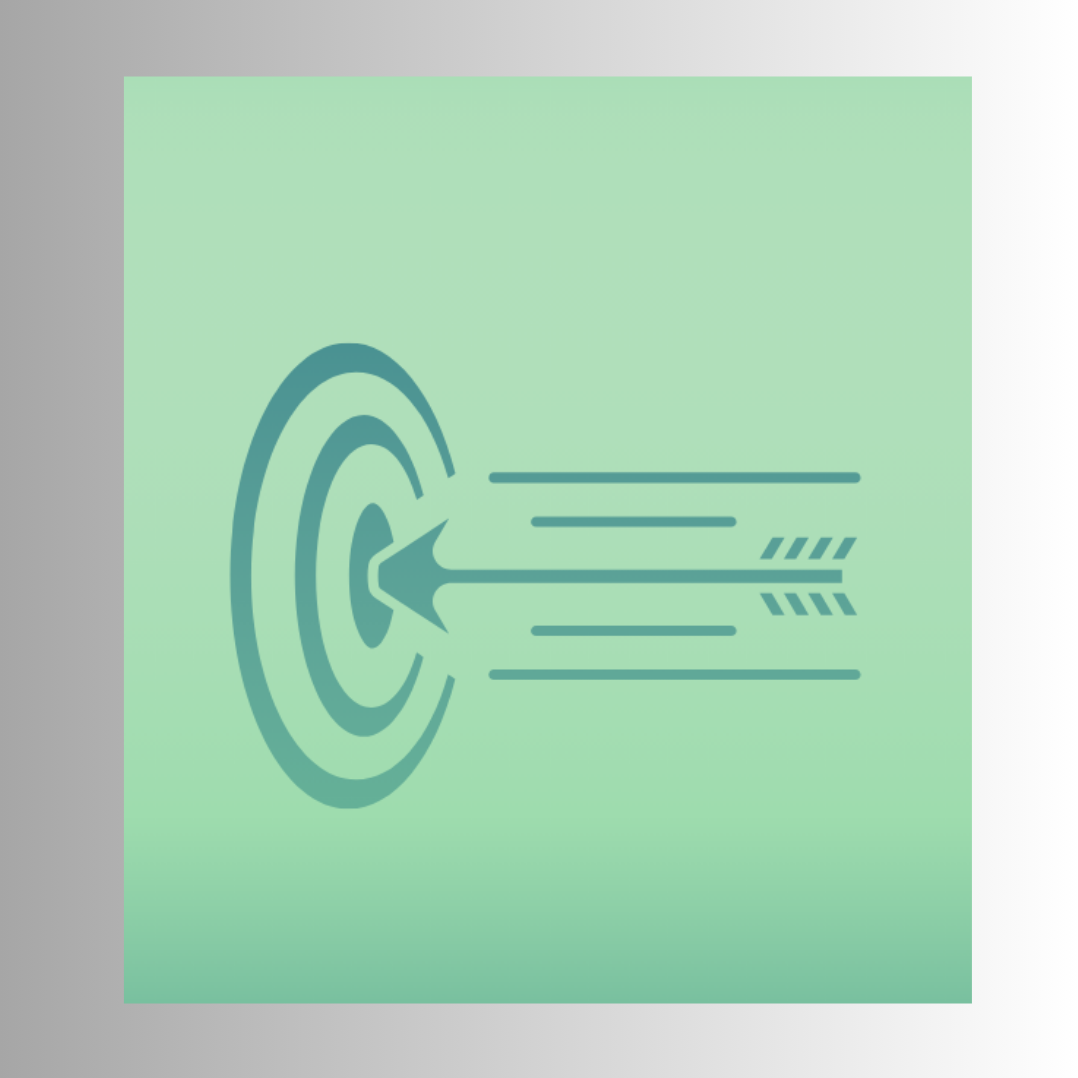
The Anchoring Effect: Why the First Price Shapes Value
You walk into a store and see a jacket priced at $500. Right next to it, another jacket is listed at $250. Suddenly the second one feels like a deal. Did the quality change? Not at all. What changed was your perception. This is the anchoring effect, and it is one of the most powerful psychological tricks in pricing and marketing.
The anchoring effect works because our brains use the first number we see as a reference point. Every price we see after that is judged against the anchor. It does not matter if the anchor is logical or fair. Once it is in place, it shapes how we see everything that follows.
How Anchoring Shapes Our Decisions
Humans like to believe they make rational choices. The truth is, we rarely do. We rely on shortcuts called cognitive biases. Anchoring is one of the strongest of these shortcuts. When we see an initial number, our brains lock onto it. That number becomes the mental baseline, even if it is random.
In classic experiments, researchers showed people a spinning wheel with random numbers. Then they asked participants to guess the number of African countries in the United Nations. People who saw higher wheel numbers gave higher estimates. Even though the wheel was meaningless, it set an anchor.
The same happens with prices. If the first price you see for a laptop is $2,000, then a $1,500 model feels affordable. If the first price you saw was $1,000, the same $1,500 laptop feels expensive. The anchor shifts the entire frame of value.
Anchoring in Marketing and Sales
Marketers use anchoring everywhere. High initial prices make the real target price look like a bargain. This is why luxury brands showcase their most expensive items first. By setting a sky-high anchor, everything else feels reasonable.
Online stores do this with “original price vs. sale price” displays. A shirt marked down from $120 to $60 feels like a huge win, even if $60 was always the real target. The anchor of $120 makes the discount look irresistible.
Restaurants often anchor with menus. They put a very expensive item at the top. Most customers do not order it, but it makes mid-range items feel like good deals. The anchor changes the way the entire menu is read.
Subscription services use anchoring too. They show a premium tier first, then a middle tier that suddenly feels balanced and smart. Most customers choose the middle because the anchor made it look like the best value.
Why Anchoring Works on the Brain
The anchoring effect is not just about money. It is about how the brain handles uncertainty. When we do not know the true value of something, we grab onto the first piece of information. That first piece may be arbitrary, but it feels solid. Our brains crave certainty, so the anchor fills the gap.
Once the anchor is set, it takes effort to adjust away from it. Psychologists call this adjustment bias. We move slightly up or down from the anchor, but not far enough. That is why the first price is so influential. It is sticky.
Another reason anchoring works is emotion. Seeing a discount or a comparison makes us feel like we are winning. It triggers a dopamine rush, the same brain chemical linked to anticipation and reward. Anchoring is not just cognitive. It is emotional.
The Ethics of Anchoring in Business
Anchoring is effective, but it can cross ethical lines. When the anchor is genuine, it helps customers understand value. For example, showing a higher quality product at a higher price makes the cheaper one look fair. That is honest anchoring.
But fake anchors can backfire. Inflating prices only to slash them constantly creates distrust. Customers begin to suspect manipulation. Once trust is broken, even real deals lose impact.
The best brands use anchoring with transparency. They highlight real comparisons, like higher-quality tiers or limited-edition products. They create anchors that reflect actual value, not illusions. This builds trust while still guiding perception.
Anchoring can also be used positively. Charities often present high suggested donation amounts. This sets an anchor that nudges people to give more than they would otherwise. As long as it is clear and fair, this use of anchoring benefits everyone.
Conclusion: Anchors Hold More Than Ships
The anchoring effect proves that the first number we see has power over every judgment that follows. It shapes what feels expensive, what feels cheap, and what feels like a deal. Marketers use this bias to frame value, build pricing strategies, and guide decisions.
For consumers, awareness of anchoring can help resist impulse. For brands, anchoring is a tool that must be handled with care. Used well, it makes value clear. Used poorly, it risks breaking trust.
In the end, anchoring is not just a sales trick. It is a window into how our brains work. We are not purely rational. We are creatures of context, and the first price we see will always cast a shadow over the next.
